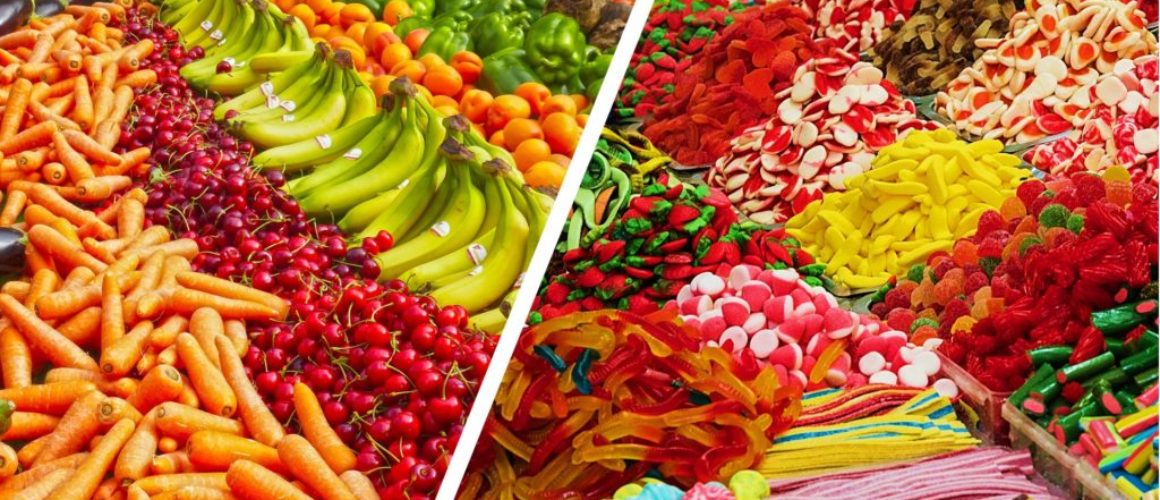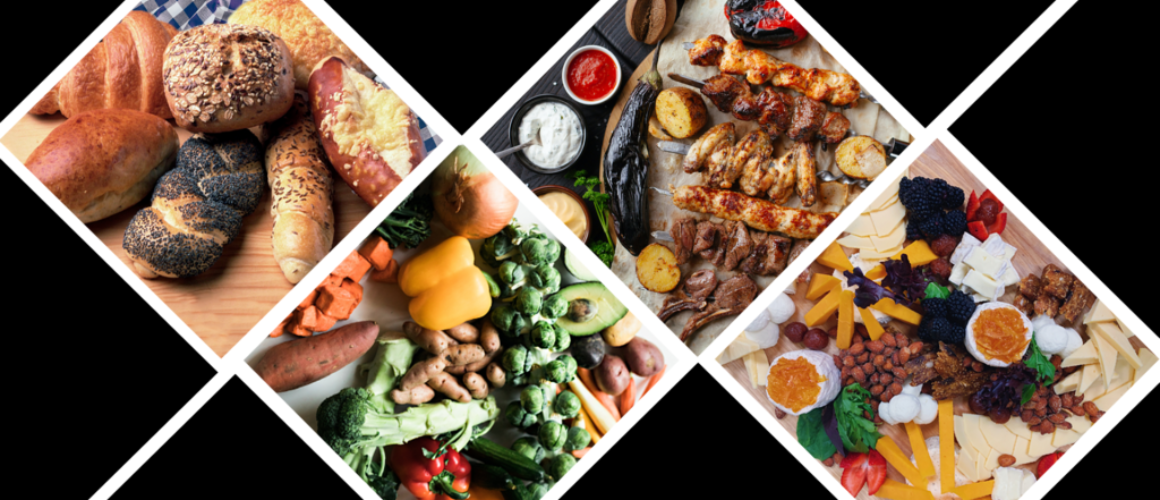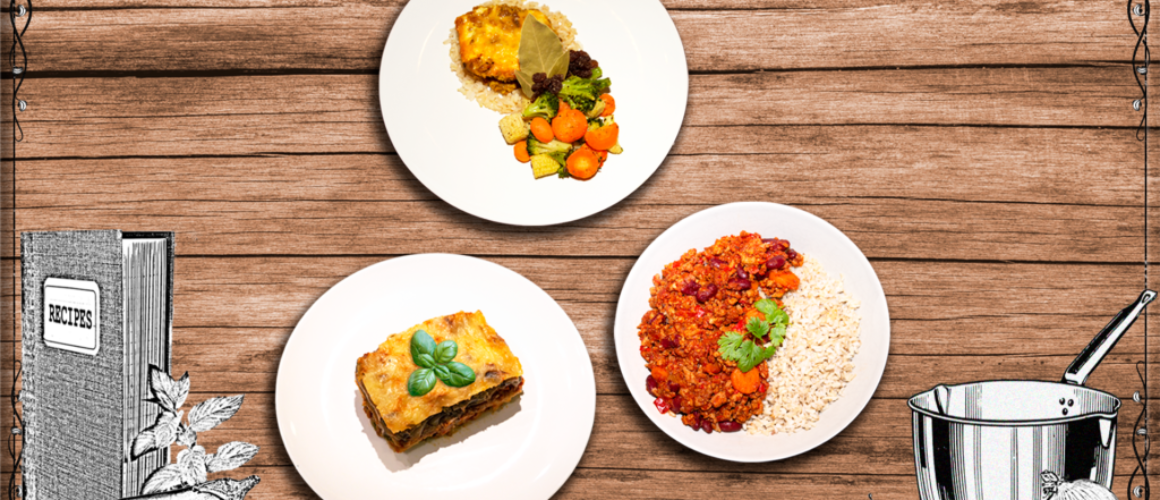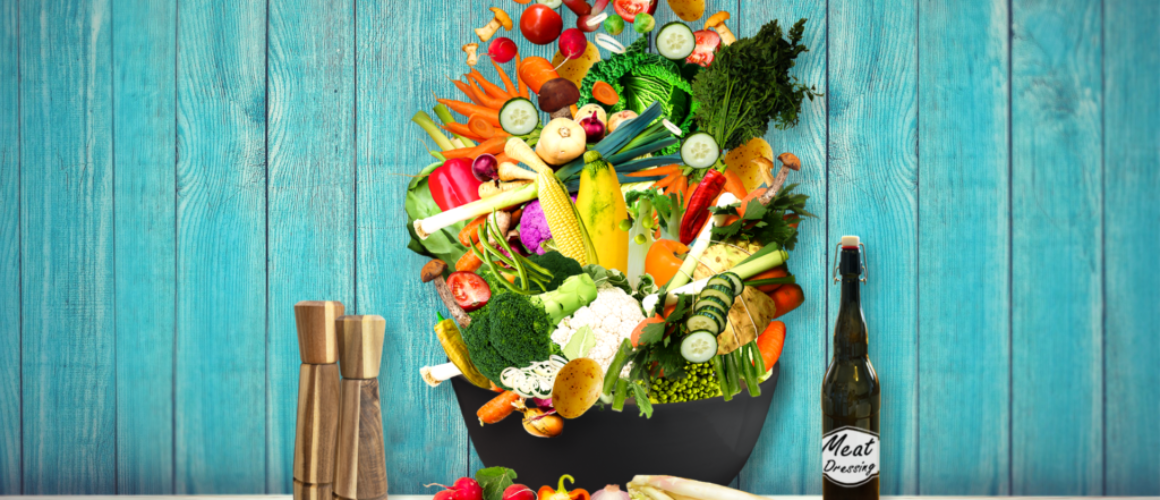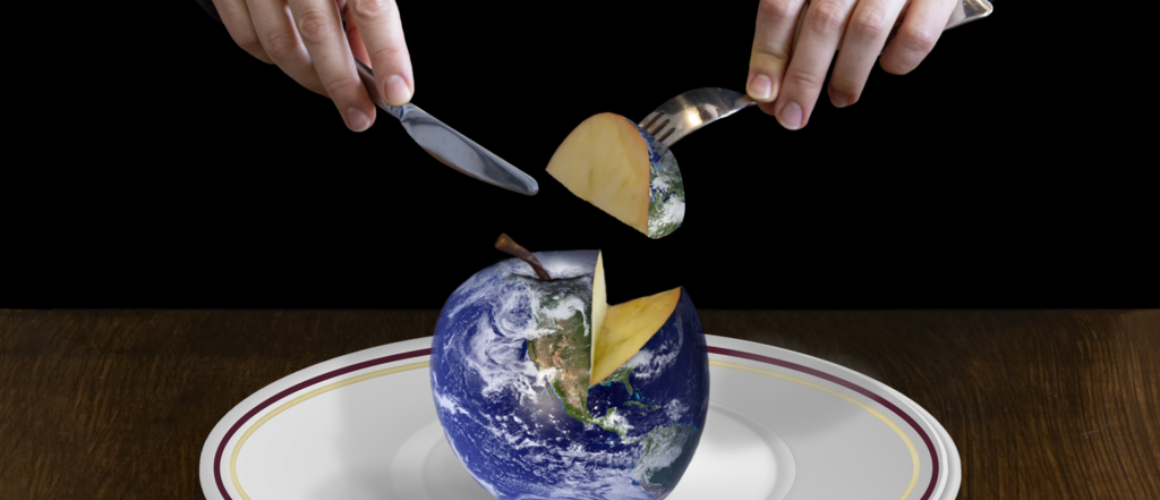How to Eat as Much as You Want and Never Get Fat
Feast on the right foods and your body will know when to stop.

Let’s start with an unusual statement: Western culture has weaponized food for psychological torture.
This is no hyperbole. On the one hand, our culture idealizes overly thin bodies and, on the other, it surrounds us with foods purpose-built to make us overeat — the perfect recipe for food-induced misery.
Now, don’t get me wrong; we should certainly keep each other accountable to avoid obesity (which costs society a mind-boggling $2 trillion every year), but social pressures to be excessively thin have long been out of hand. Ironically, these pressures only make us gain more weight.
It’s high time we straighten out this twisted system. First, let’s ignore social conventions and define “fat” as the point where health risks become serious. That would be the “high” or “very high” risk bands in this calculator (orange and red areas in the figure below).

Second, let’s replace all those sugary, fatty, and salty addictions with a healthy and varied whole-food diet. I’m confident that getting “fat” on such a diet will be very difficult, even if you give yourself complete freedom to eat as much as you feel like (sounds nice, doesn’t it?).
When diligently adhering to the following steps, you might even find it impossible to break out of that pretty green band in the figure above 🙂
- Stock your kitchen with all the right foods.
- Make sure you always pay the true cost of empty calories.
- Drink plenty of water and use it as an intelligent snack moderator.
- Use your toothbrush to help you stop when 80% full (Hara Hachi Bu).
- Find good reasons outside yourself to maintain your healthy diet.
So, if you’re currently at an unhealthy weight (or spending a huge amount of time, money, and energy maintaining your healthy weight), I challenge you to stay (or get) fat on this eat-as-much-as-you-want diet. Let me know if you manage to do it. I sure couldn’t!
Step 1: A Home Stocked with the Right Foods
The best weight-loss tool out there is not a gym membership or a smoothie maker; it’s a home that contains only filling, whole foods. By extension, this also means that you need to make almost all your food at home (which doesn’t need to cost you more than 15 minutes per day).
Below, you’ll find the four categories of whole foods you need to invite into your home. For optimal results, make sure that more than 80% of your calories come from these four categories, with at least 10% from each. Here are some handy links to calculate your calorie requirement and the calorie content of different foods. In addition, maximize variety by regularly eating from each item mentioned in the four titles below.
Nuts, Seeds, and Berries
Nuts and seeds have a bad reputation due to their high-fat content and energy density. But if you ensure they’re not doctored by those mad addictive food scientists (using all their refined sugar, saturated fat, and excessive salt), your body’s natural satiety response will keep you safe. Here’s an ideal breakfast to help get you started.
Cooked and Raw Veggies (at Least a Third Non-Starchy)
Vegetables, especially the non-starchy variety, are the best filling foods at our disposal simply because they contain so few calories per volume of food. That’s why this category will be your biggest challenge in meeting the “10% of calories” guideline. To pass this test, you’ll have to rely heavily on both cooked and raw non-starchy veggies, given that they only contain about 30 calories per 100 g of food.
Cooked veggies can be rather bland, but it doesn’t have to be that way. There are plenty of ways to spice up your cooked veggies. My favorite is to use a little meat as a vegetable dressing.
Raw veggies make surprisingly good snacks. Always have some carrots, cherry tomatoes, or peas readily available in places you’ll frequently see them. These guys can be surprisingly tasty, so snack away with reckless abandon! Also, turn the green salad (or just a few cucumber slices) into a staple next to your warm meals. Last but not least, establish a green smoothie habit.
Avocado and Other Fruit
If you experience withdrawal symptoms from kicking your refined sugar addiction, fruit is a great way to ease the pain. Its natural sweetness will see you safely through to the other side. Whole, pressed fruit juices are also allowed as long as they don’t contain any added sugar.
One special (and not particularly sweet) fruit deserves its own paragraph: the avocado. You’ll frequently see this unique fruit in lists of the world’s healthiest foods. Given its high-fat content in contrast to the high carbohydrate content in most other fruits, it’s perfect for balancing your macronutrient intake.
Non-Meat Proteins from Animals and Plants
Among animal products, this category puts the threshold at 7 g of protein per 100 calories. Eggs, fish, and some dairy products meet this criterion. Most cheeses do not due to their high saturated fat content. Also, for environmental reasons, please keep your total animal product intake (including meat) below 20% of your total calories.
From the plant-world, the threshold is lowered slightly to 5 g of protein per 100 calories. Many legumes qualify for this prestigious category (those that don’t can go to the vegetable category). You can also try protein-stacked algae like spirulina and chlorella. Although not counted in this category, the nuts and seeds we discussed earlier will also make sizable contributions to your plant protein intake.
Step 2: Pay the True Cost of Empty Calories
Getting at least 80% of your calories from the above-mentioned foods offers excellent protection against all those dangerous empty calories purpose-built for addiction. But you can go a step further: fix capitalism’s worst failure by ensuring you always pay the true cost of these junk foods.
The best way to do this is to include any purchase of empty calories in your charitable donations contract — a formal contract listing the unhealthy actions that will increase the amount you give to charity. A good place to start is to donate one hour’s wages every time you buy empty calories.
What qualifies as empty calories? Anything with lots of calories and few nutrients that you buy in pursuit of an addictive dopamine hit. Some are obvious, while others, like dark chocolate and cheese, are more debatable. Your conscience will tell you where to draw the line. Listen to it.
Another dangerous element deserving a prime spot on your charity contract is your main binge trigger(s). For me, this is eating in front of the TV. Such triggers can very easily corrupt your mind and your natural satiety responses, driving you to unnecessary self-destruction.
Step 3: Water and Snacking
Staying hydrated is an excellent way to control cravings. This dieting challenge has three water guidelines:
- Drink two glasses of water directly after waking up.
- Drink a glass of water before every snack.
- Always have a bottle of water within arm’s length.
Point 2 is an especially effective way of controlling excessive snacking. Often, mild dehydration is a contributor to unhelpful cravings, and snacking is something we do out of impulse. This rule automatically takes care of both these issues.
Step 4: Hara Hachi Bu
This age-old practice of stopping when you’re 80% full is one reason why Japanese people, particularly the residents of Okinawa, live such long lives. Make sure you control your portion sizes to meet this guideline, and if you still feel serious cravings when your plate is empty, go and brush your teeth. Getting the food taste out of your mouth is often all that’s needed to kill those pesky cravings.
On the rare occasion that your craving persists even when your mouth is minty fresh, feel free to enjoy a healthy snack preceded by a glass of water.
Step 5: Find Your External Motivation
The last rule in this eat-as-much-as-you-want diet challenge is to find some motivation outside of yourself for eating all the right foods. This article discusses a range of options, including correcting grave social injustices, saving the environment, protecting animal welfare, and securing the health of your loved ones.
To put this into action, print out a large picture representing your chosen external motivation and put it on your fridge door.
The Challenge in a Nutshell
So, are you up for it? Here’s a short rundown of the rules:
- Get 80% or more of your calories from the following food categories, at least 10% from each: nuts, seeds, and berries; cooked and raw veggies (at least a third non-starchy); avocado and other fruit; non-meat protein from animals and plants.
- For variety, consume foods from each of the food sub-categories mentioned above at least twice per week (vegans can skip the animal protein and use a threshold of 4 g per 100 calories).
- Include the purchase of any empty calories and engagement in any of your binge triggers in your charitable donations contract.
- Follow the water guidelines: 2 glasses first thing in the morning, 1 glass before any snack, and a water bottle always within reach.
- Once you reach 80% fullness, you can only eat more after you’ve brushed your teeth.
- Decorate your fridge door with a big picture symbolizing your chosen external motivation for healthy eating.
As long as you stick to these rules, you can eat as much as you feel like!
I’m really curious whether anyone can stay (or become) “fat” while adhering to these rules. Please let me know how you got on with this challenge!
Thanks to Alta Cloete.
